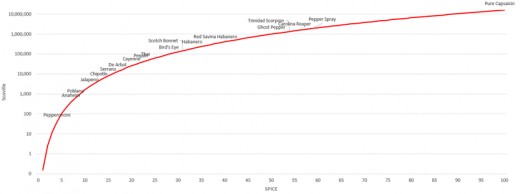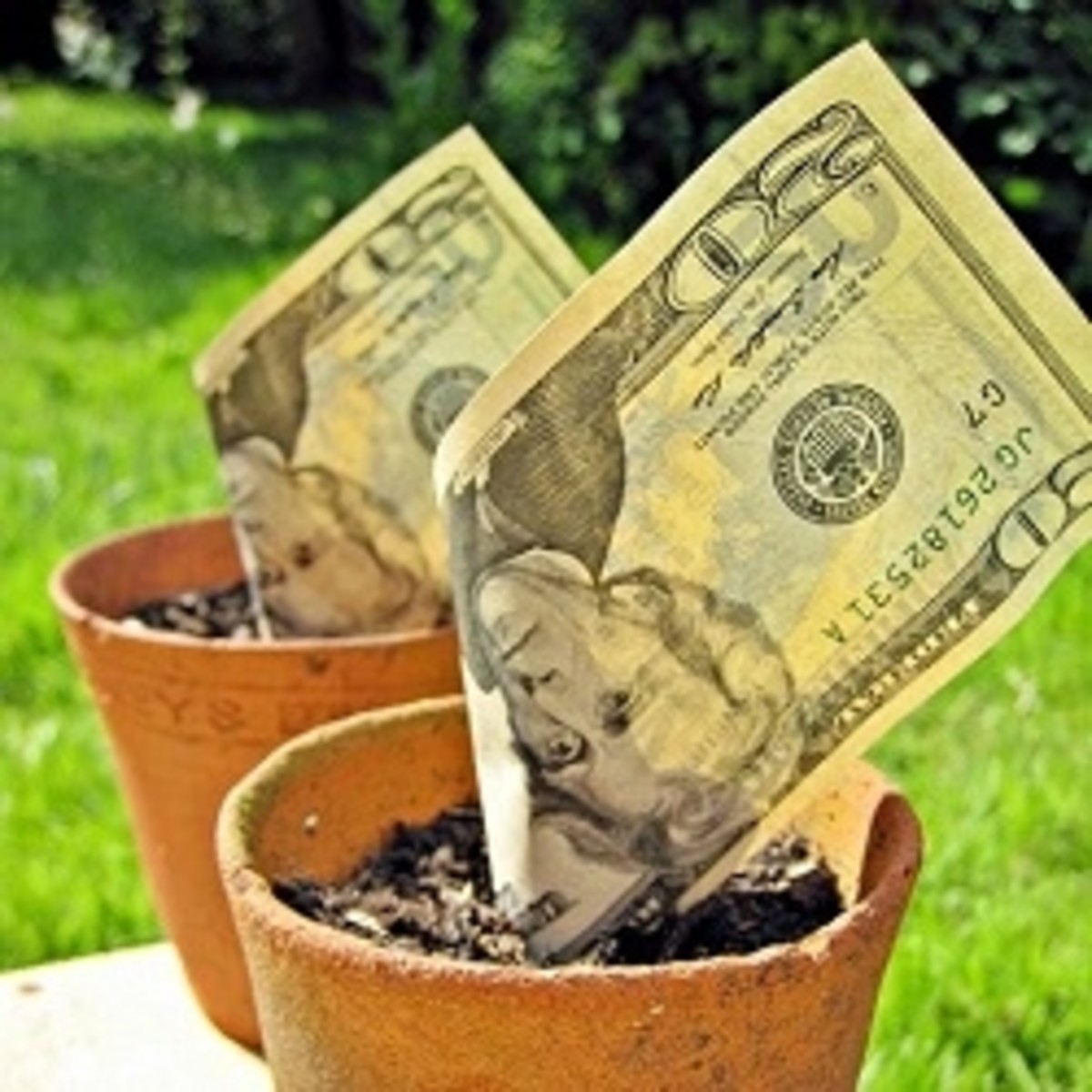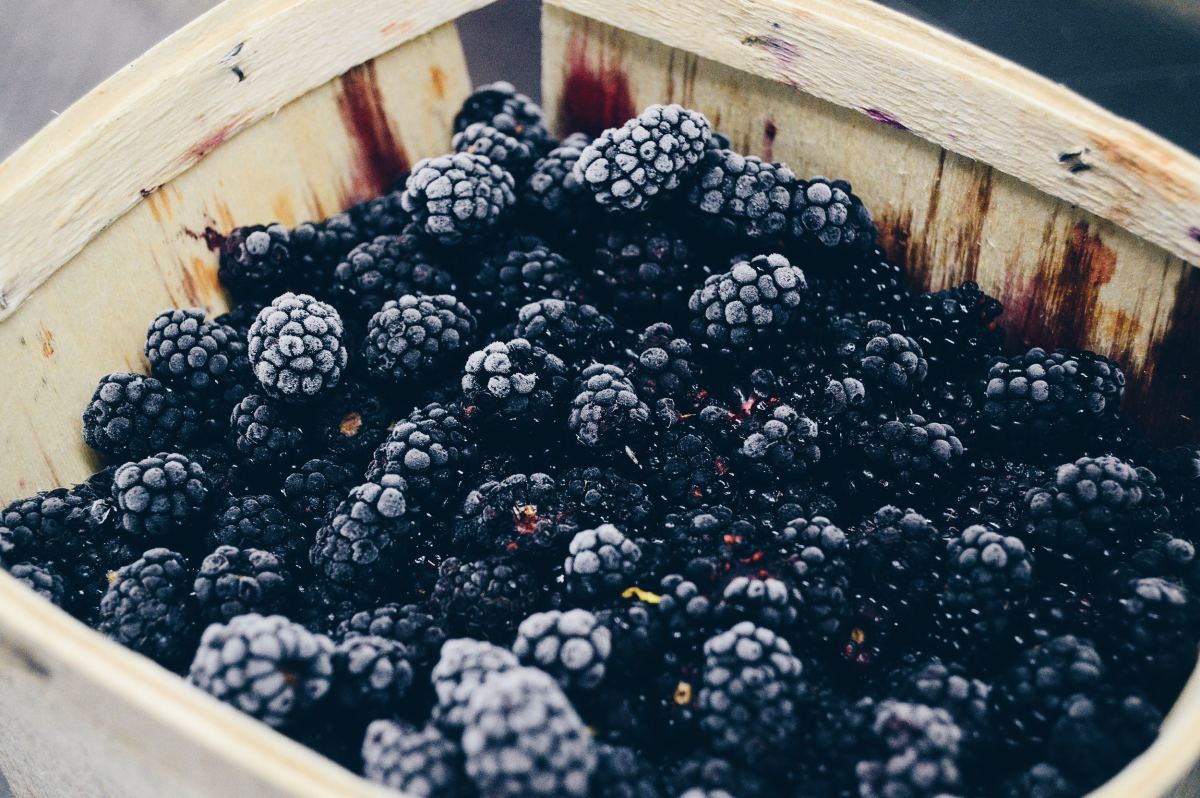Measuring Spiciness - a Call for Change
Scoville Units are Outdated and Confusing
The Scoville Heat Unit (SHU) scale, which has long been the primary means of measurement for spicy food pungency (that is, the amount of heat in spicy food), is a broad scale with levels ranging from 0 to 16 million. While a small variety of methods exist to measure and quantify capsaicin in food (which is what makes the food spicy) - some much more scientific and advanced than the Scoville method from the early 1900s - the Scoville scale remains as the commonly quoted range on hot sauces, spicy peppers at stores, and the like. Two primary issues exist with the everyday application of SHU -
Problem 1 - A typical jalapeño has a Scoville heat rating in the range of 3,000 to 10,000. A typical habanero has a rating in the range of 200,000 to 300,000. Many peppers reach even higher levels, some topping one million. With a maximum range that reaches as high as 16 million, these smaller numbers don't seem very significant - but of course they are! Consider that pepper spray may range from as low as 500,000 to as high as 5 million (still not very close to even the midpoint of the high-end of the range). A SHU level of 16 million would be pure capsaicin. Even with all of this in mind, 10,000, 300,000, 500,000, and five million are all vast numbers that really don't provide any true understanding of spiciness - other than HOT. I want to know 'how hot?'. I want to know what I can tolerate, what I prefer, and it'd sure be great if that could be consistent.
Problem 2 - While this rating may be consistent for commercially produced goods, the reality for everyday use of garden-variety peppers is different (as described in Problem 1), where individual peppers of the same type can in fact have different heats - of course then leading to different levels of spiciness for various kitchen creations. Consistent definitions around spicy food would certainly be helpful for consumers, food producers, restaurants, etc.
This all brings us to the need for something new -
SPICE Level
The image provided below depicts one potential alternative - the SPICE Level. SPICE stands for Standardized Pungency Index for Capsaicin Evaluation, and is a conversion of Scoville Heat Units to a power-type scale ranging from just 0 to 100 (with 1 being the tinest fraction of heat or pungency, and 100 closer to pure capsicum). Seems much easier to apply, right? This power scale is a type of non-linear scale (think of the Richter magnitude scale for measuring earthquakes, which is a logarithmic scale that also benefits large potential ranges) that aids in understanding and application, and focuses on addressing Problem 1.
Proposed application in language might be to indicate that food should be served at “12 SPICE” or a “SPICE Level of 12”, which is to perhaps be on par with the heat of a jalapeno pepper.
If you like this idea, spread the word! Let's make life easier.
But wait, there's more...

Next Level - Capsaicometer
Beyond my abilities are the next level of this adventure - development of a Capsaicometer (or other appropriately named device) which can be used to measure the chemical nature of food and determine capsaicin content, and thus best address Problem 2. The beauty of the potential invention is that it would fill a space that is empty or underutilized, and its functionality would entice acceptance. Restaurants and consumers alike would benefit by both this tool as well as the new pungency standard, as participating restaurants can better prepare their food to order as customers request it, reducing the likelihood of returned food, while customers can order what they want and be happy to know what they're getting. Chefs and patrons would recognize that restaurants might have limits of what they can provide. Still, customers would then know the available range and the specific spiciness of menu items prior to ordering (consider the ubiquitous Thai restaurant, where Thai spicy can vary significantly restaurant-to-restaurant, and sometimes even visit-to-visit).






